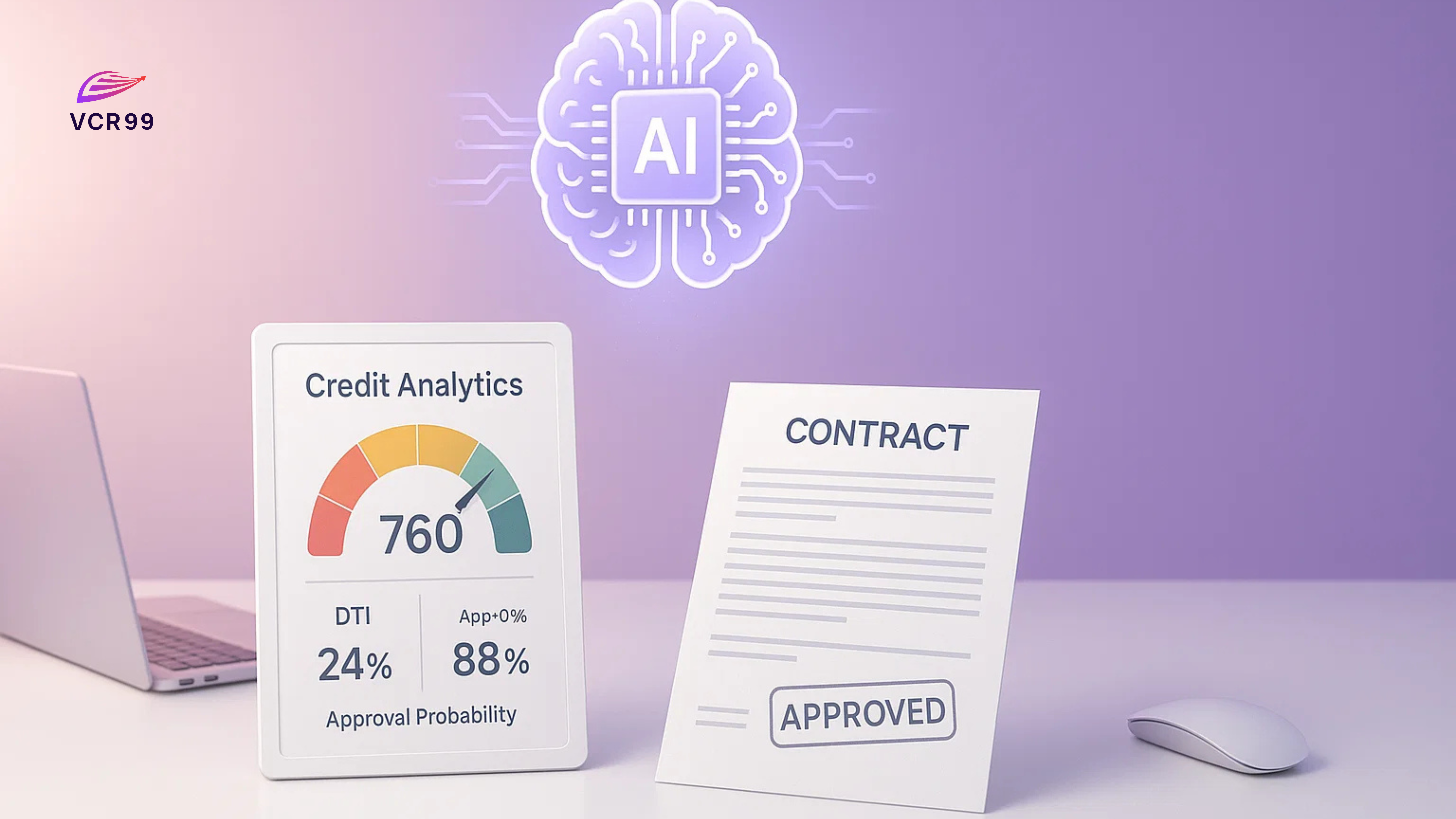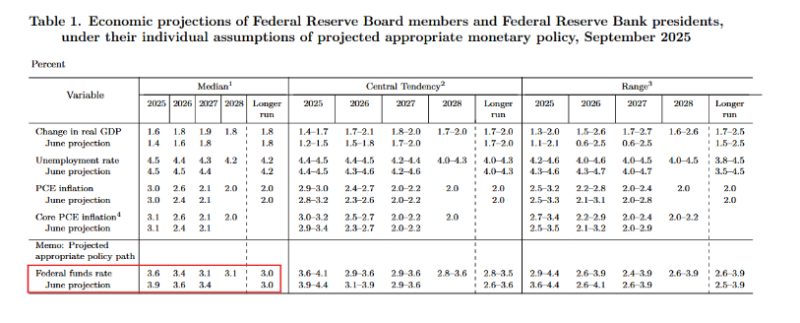
In the era of digital transformation, digital banking has become a cornerstone of modern finance — offering faster, more convenient, and accessible services than ever before.
Yet, as online transactions multiply, fraud, cyberattacks, and financial crime are also becoming increasingly sophisticated.
To safeguard users and strengthen trust, financial institutions are turning to Artificial Intelligence (AI) as a technological shield to detect, prevent, and respond to fraud in real time.
1. The Growing Threat of Fraud in Digital Banking
According to PwC’s Global Economic Crime Survey, over 51% of financial institutions worldwide have experienced some form of digital fraud or cyberattack.
In Southeast Asia alone, cybercrime causes billions of dollars in losses each year, particularly as online banking adoption accelerates.
Common types of fraud include:
-
Identity theft: Using another person’s credentials to open bank accounts or apply for credit.
-
Phishing and malware attacks: Stealing sensitive data via fake links, emails, or mobile apps.
-
Money laundering schemes: Exploiting transaction loopholes to disguise illegal funds.
-
Fake or duplicate transactions: Conducting small, repeated transfers to bypass monitoring systems.

With millions of transactions per day, manual oversight is no longer feasible — making AI an indispensable “gatekeeper” of digital banking security.
2. Why AI Is the Key to Fighting Financial Fraud
AI has the ability to analyze massive data sets in real time, learn behavioral patterns, and identify suspicious activities long before they cause damage.
This makes AI not only reactive but also predictive and preventive, helping banks stay one step ahead of criminals.
Detecting Unusual Transactions (Anomaly Detection)
AI can process millions of transactions per second, comparing them against user profiles such as location, time, device, and spending habits to spot irregular behavior instantly.
Intelligent Identity Verification (AI-powered KYC)
AI-driven KYC (Know Your Customer) systems use facial recognition, voice matching, and document verification with over 99% accuracy, effectively stopping fake account creation and identity fraud.
Anti–Money Laundering (AML) Detection
AI algorithms monitor complex transaction networks to identify money-laundering patterns and issue early alerts to compliance teams.
Predictive Fraud Detection (Machine Learning Models)
By learning from historical data, AI can predict the likelihood of fraudulent behavior and block suspicious transactions before they’re approved.
3. Real-World Applications of AI in Digital Banking
AI Chatbots for Transaction Monitoring
Many banks now deploy AI-powered chatbots that continuously monitor account activity. When unusual behavior is detected, the bot can automatically freeze the account and prompt user verification.
Machine Learning for Credit Risk Assessment
AI evaluates spending habits, transaction history, and even social data to assess borrower credibility, significantly reducing fraud in loan applications.
Behavioral Biometrics
AI tracks unique behaviors such as keystroke speed, touchscreen patterns, and GPS data to verify genuine users — adding an invisible yet powerful layer of security.
AI + Blockchain Integration
While AI detects and predicts risks, Blockchain ensures transparency and data immutability, forming a comprehensive fraud-prevention ecosystem for financial institutions.
4. The Benefits of AI in Fraud Prevention
| Benefits | Detailed Explanation |
|---|---|
| Faster Detection | Real-time analysis identifies anomalies within seconds. |
| Fewer Human Errors | Automation reduces manual verification and improves accuracy. |
| Smooth User Experience | Fraud prevention without disrupting legitimate transactions. |
| Operational Efficiency | Lower compliance costs and faster investigations. |
| Regulatory Compliance & Trust | Supports adherence to global standards (ISO 27001, Basel III, FATF). |
According to VCR99, AI is not just a technological upgrade but a strategic investment in customer trust — the foundation of sustainable banking in the digital era.
5. Challenges in Implementing AI for Fraud Prevention
While promising, AI adoption poses several challenges:
-
High initial investment in data infrastructure, analytics, and security frameworks.
-
Data quality and standardization issues, which may cause false positives.
-
Privacy and regulatory compliance, requiring strict adherence to laws such as GDPR, PDPA, and Vietnam’s Decree 13/2023.
The solution lies in combining AI technology with effective data governance and continuous training for risk management teams to ensure responsible and compliant AI usage.
6. The Future: AI, Blockchain, and Big Data
The convergence of AI, Blockchain, and Big Data is shaping the next generation of secure digital banking:
-
AI → analyzes and predicts risk patterns.
-
Blockchain → ensures transaction transparency and immutability.
-
Big Data → provides the massive datasets needed to train AI models effectively.
Furthermore, Generative AI is emerging as a powerful tool to simulate fraud scenarios, helping systems learn faster and respond more intelligently to new threats.
7. Conclusion – AI as the Digital Bank’s Security Shield
As digital transformation accelerates, AI is no longer optional — it’s essential to maintaining the integrity of financial systems.
AI enables banks to detect, prevent, and mitigate fraud faster, more accurately, and at lower cost than ever before.
“In the digital finance world, security isn’t luck — it’s technology in action.” – VCR99 Insight
AI represents the future of trust in digital banking, helping institutions protect customers, uphold transparency, and drive sustainable growth.




